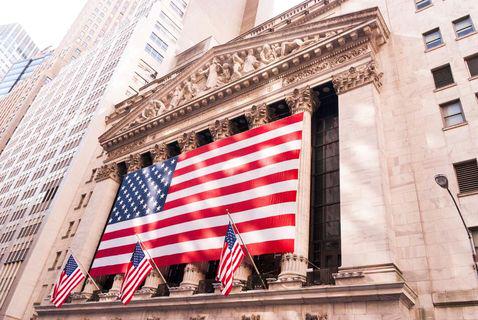
I know we've had quite an amazing run these past few month, with over 78% accuracy in our trade ideas and sentiments, and thousands of pips in profits monthly...

Don’t waste your time – keep track of how NFP affects the US dollar!
Data Collection Notice
We maintain a record of your data to run this website. By clicking the button, you agree to our Privacy Policy.

Beginner Forex Book
Your ultimate guide through the world of trading.
Check Your Inbox!
In our email, you will find the Forex 101 book. Just tap the button to get it!
Risk warning: ᏟᖴᎠs are complex instruments and come with a high risk of losing money rapidly due to leverage.
71.43% of retail investor accounts lose money when trading ᏟᖴᎠs with this provider.
You should consider whether you understand how ᏟᖴᎠs work and whether you can afford to take the high risk of losing your money.
Information is not investment advice
The year 2020 started with the EUR/USD touching the bottom of 1.08 as it was making the way for the downtrend through the entire 2019. After a fierce shock easily visible as heavy fluctuation in February-March, the pair reversed and started actively marching upwards. Eventually, the EUR appreciated against the USD as high as 1.20 by December, coming closer even to 1.22. By climbing this high, EUR/USD recovered all the losses of 2019 and came to the heights of January-April 2018.
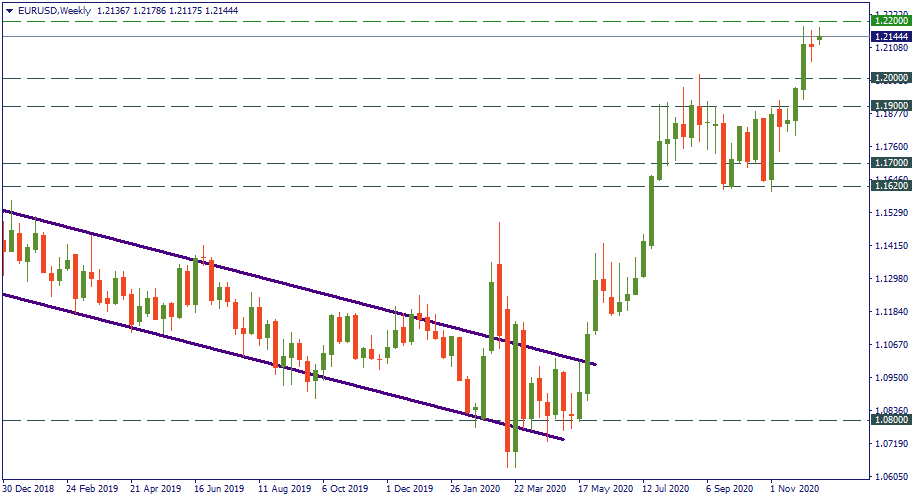
On the monthly chart, breaking through 1.22 would challenge the decade-long downtrend EUR/USD has been in so far. However, technically, only beating 1.24 would confirm the possibility of this strategic reversal – that’s what may happen in 2021 if bulls keep pressing the EUR against the USD. Fundamentally, there needs to be a persistent weakness of the USD to allow that. Are there factors for the USD’s weakness? There are. The US Fed keeping the interest rates low and possibly maintaining quantitative easing line to keep the US economy marching, the general setting of the American global economic presence gradually giving room to the alternative global powers, and other tectonic movements. Will they be enough to push EUR/USD to 1.24? Very possibly.
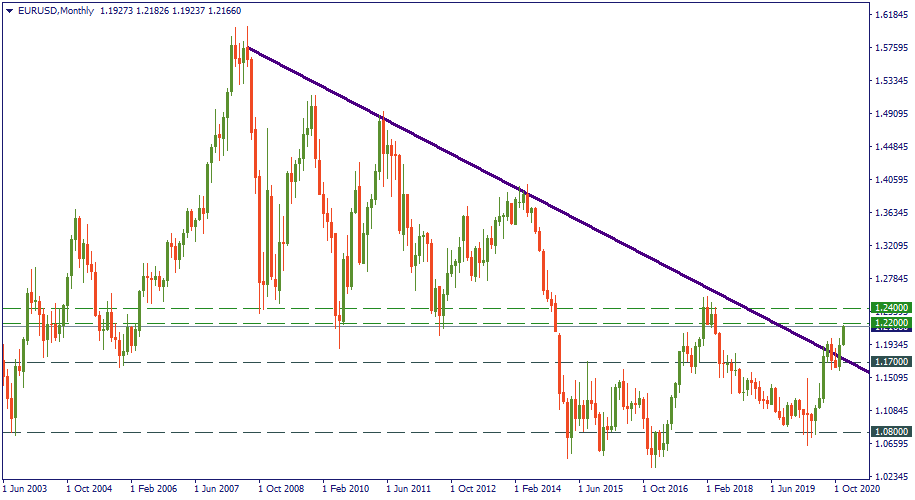
This currency pair has spent most of the year 2020 oscillating between 0.89 and 0.91. There were a couple of spikes up to 0.93 but that was more of an exception – and every such spike was followed by a correction down to the same 0.89.
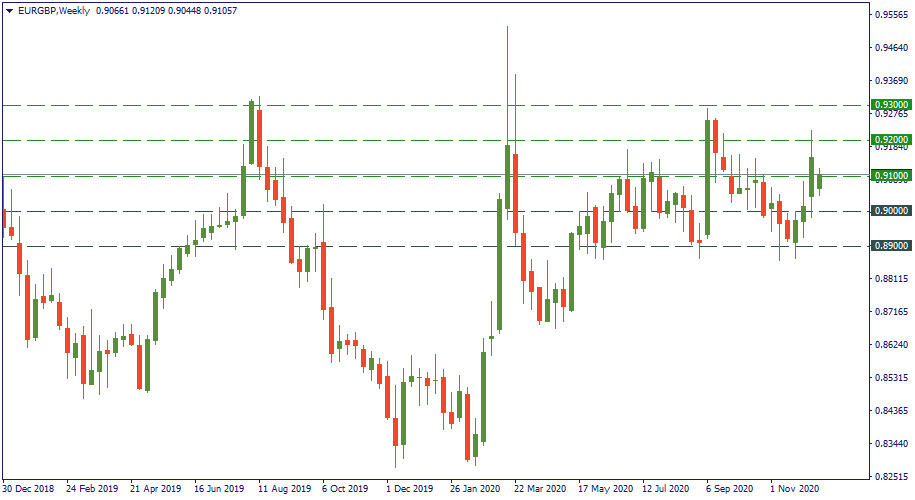
On a monthly chart, coming to the heights of 0.90 roughly completes the five-year-long recovery of EUR/GBP symmetrical to the descent to 0.70 it did during the years 2010-2015. If that assessment is correct, going to 0.93 and above is very likely for this pair in the coming year. Fundamentally, there may be ground for that: the British pound has hardly more factors on its side against those on the euros. The first quarter of 2021 will bring more clarity on that.
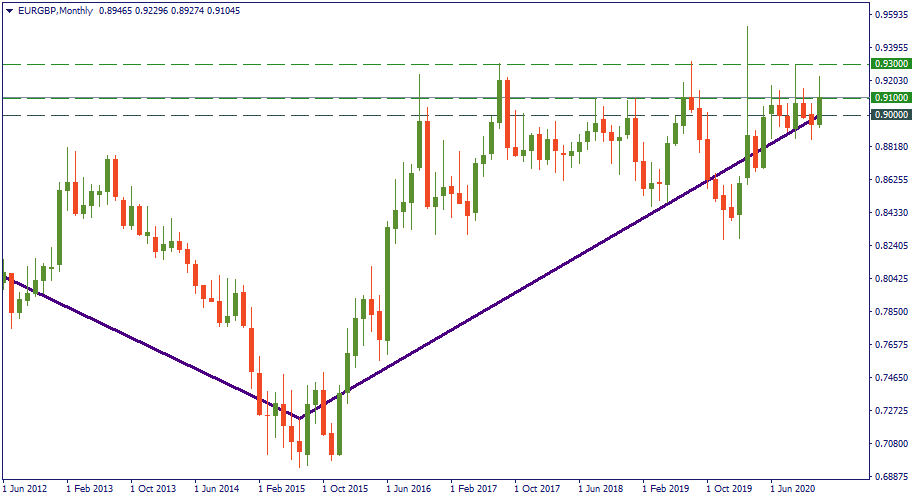
After a shockwave in January-February 2020, USD/JPY went into a downward trajectory that stretches from 110.00 to 103.00. Visibly, there is little technical evidence to suggest that this trend would see much change in the future.
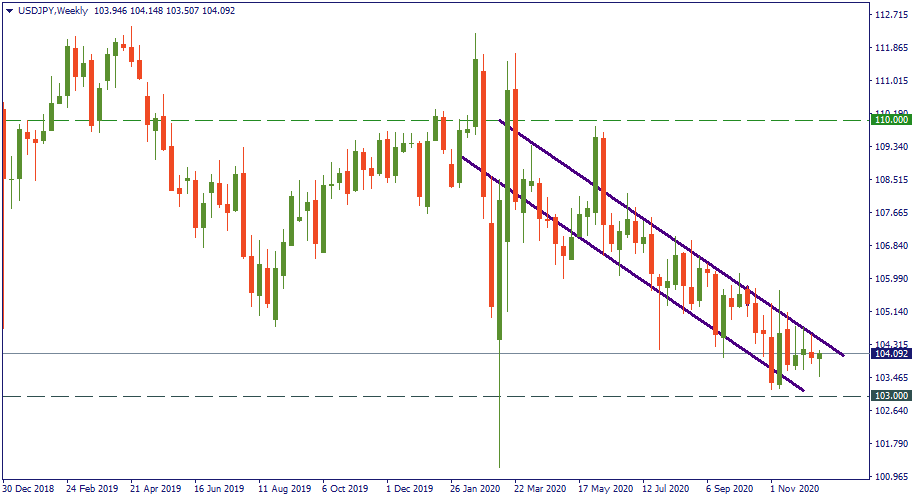
From a strategic point of view, coming down from 110.00 to 100.00 is an organic continuation of the large downslope that started above 120.00 in 2015. In the meantime, the area around 100.00 has been providing support to the currency pair movement since before 2015 and after that year. Currently, USD/JPY is exactly at this support so beware: technically, a bounce upwards is very possible in the coming year.
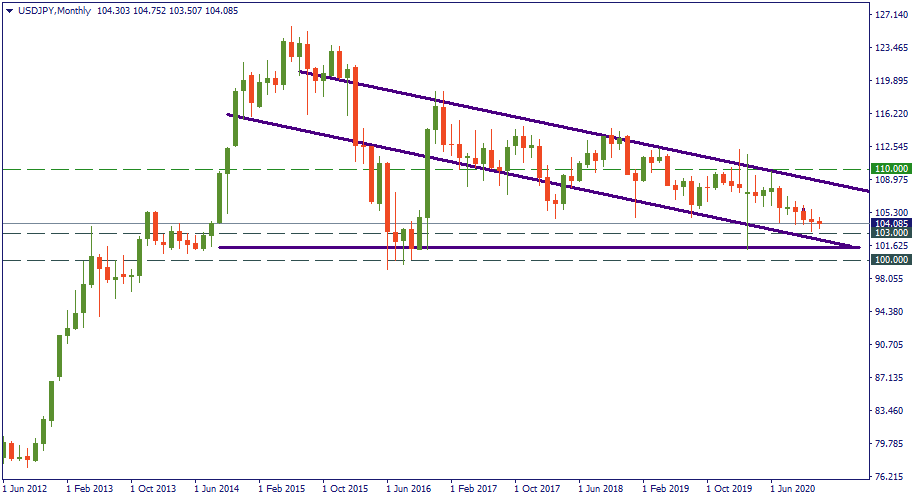

I know we've had quite an amazing run these past few month, with over 78% accuracy in our trade ideas and sentiments, and thousands of pips in profits monthly...
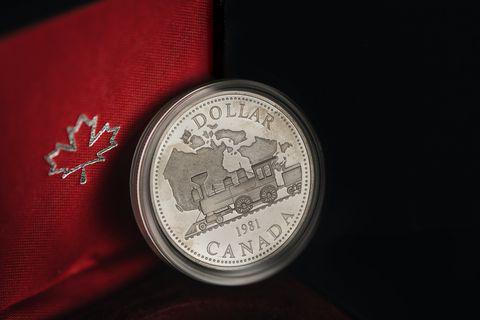
Futures for Canada's main stock index rose on Monday, following positive global markets and gains in crude oil prices. First Citizens BancShares Inc's announcement of purchasing the loans and deposits of failed Silicon Valley Bank also boosted investor confidence in the global financial system...
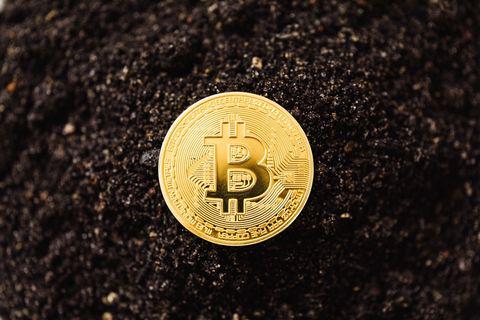
Investor confidence in the global financial system has been shaken by the collapse of Silicon Valley Bank and Credit Suisse. As a result, many are turning to bearer assets, such as gold and bitcoin, to store value outside of the system without...
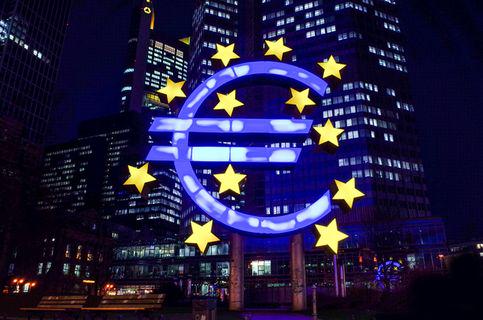
eurusd-is-falling-what-to-expect-from-the-future-price-movement
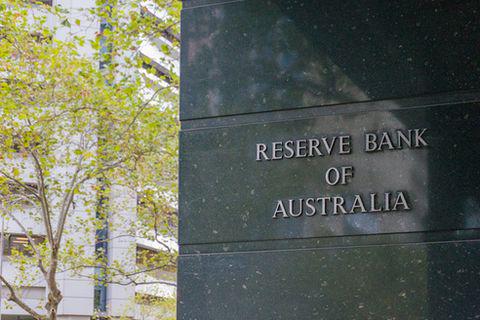
Greetings, fellow forex traders! Exciting news for those with an eye on the Australian market - the upcoming interest rate decision could be good news for Aussies looking to refinance or take out new loans. The Mortgage and Finance Association Australia CEO, Anja Pannek, has...

Hold onto your hats, folks! The Japanese yen took a nosedive after the Bank of Japan (BOJ) left its ultra-loose policy settings unchanged, including its closely watched yield curve control (YCC) policy. But wait, there's more! The BOJ also removed its forward guidance, which had previously pledged to keep interest rates at current or lower levels. So, what's the scoop? Market expectations had been subdued going into the meeting, but some were still hoping for tweaks to the forward guidance to prepare for an eventual exit from the bank's massive stimulus
Your request is accepted.
We will call you at the time interval that you chose
Next callback request for this phone number will be available in 00:30:00
If you have an urgent issue please contact us via
Live chat
Internal error. Please try again later